There are parts of the ancient city of Valencia, founded as a Roman colony in 138 BC, that have a definite futuristic quality to it. As an example, Valencia houses the bizarre and fascinating City of the Arts and Science complex– the largest leisure and cultural complex in Europe. Several of the buildings that make up this group of six, lay on their sides in water, their elongated windowed-eye gazing towards the seemingly constant Valencian blue sky. The futuristic set of buildings was created by Santiago Calatrava and Felix Candela in 2005… they include:
L’Hemisfèric is the centerpiece of the complex… It is an IMAX Cinema, planetarium and laserium. The building is meant to resemble a giant eye, known as the “eye of knowledge” – its design resembles an eyelid that opens to access the surrounding pool of water. The bottom of the pool is glass, creating the illusion of the eye as a whole. The shutter around the window is built of elongated aluminum awnings that fold upward collectively, to form a sun roof that opens along the curved axis of the eye. It opens to reveal the dome, the pupil of the eye, which is the IMAX theater. The City of Arts and Science is divided in half by a set of stairs that descend into the vaulted concrete lobby. The underground spaces are illuminated with the use of translucent glass panels within the walking path. The transparent roof is supported by concrete arches that connect to the sunken gallery. There is a miraculous echo inside the building– and if two people stand on the two opposite pillars inside of the eye, they can seamlessly speak with each other.
El Museu de les Ciències Príncipe Felipe — Is an interactive Museum of Science that resembles the skeleton of a whale. It occupies around 40,000 m² on three floors.
L’Umbracle —is a landscaped walk with plant species indigenous to Valencia (such as rockrose, lentisca, rosemary, lavender, honeysuckle, bougainvillea and palm trees). It holds within its interior The Walk of the Sculptures, an outdoor art gallery with sculptures by contemporary artists. It was designed as an entrance to the City of Arts and Sciences.
L’Oceanogràfic —is an open-air oceanographic park. It is the largest oceanographic aquarium in Europe with 110,000 square meters and 42 million liters of water. It was built in the shape of a water lily and is the work of architect Félix Candela. This aquarium is home to over 500 different species, including dolphins, belugas, sawfish, jellyfish, starfish, sea urchins, walruses, sea lions, seals, penguins, turtles, sharks and rays. It is also inhabited by wetland bird species.
El Palau de les Arts Reina Sofia — is an opera house and performing arts center. It holds many events including theater, opera, dance and concerts in its auditoriums. The tour guide mentioned that during the summer months, the theater has gained a reputation for becoming unbearably hot, due to the sun beaming into the theater through the exposed windows.
L’Àgora — is a covered plaza in which concerts, exhibitions, conventions and sporting events (such as the Valencia Open 500) are held.
El Pont de l’Assut de l’Or or ‘Golden Waterwheel’ — is the final part of the complex. It is an unusual-looking bridge that takes its name from the waterwheel. This bridge connects the northern and southern ends of the Turia River’s former riverbeds.
On the way back to our ship, our tour guide mentioned that the famous Valencia orange comes from Valencia. A female voice rang out from the back of the bus arguing that the Valencia orange comes from Florida! Everybody laughed. The argument as to the origins of the Valencia Orange is actually a much-disputed claim of ownership between California and Spain. Our guide went on to explain that William Wolfskill, an American-Mexican, hybridized the Valencia orange and named it for Valencia, Spain, which had a reputation for its sweet orange trees (originally imported from India)… Before his death in 1866, Wolfskill sold his patented Valencia hybrid to Irvine Ranch owners in California. The success of the oranges in Southern California led to the naming of the city Valencia, California.
Much like the orange, Paella is another identifying symbol of Valencia and is regarded as Spain’s national dish – originating in Valencia in the mid-nineteenth century. Lourdes March, the Spanish food historian, notes that the dish “symbolizes the union and heritage of two important cultures – the Roman, which gives us the utensil and the Arab which brought us the basic food of humanity.”
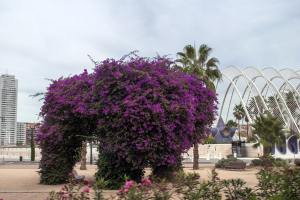
Can you guess what kind of animal this plant is shaped as? City of Arts and Sciences complex – Valencia, Spain
All photographs except 2-5 & 9 taken by Ryan Oksenberg









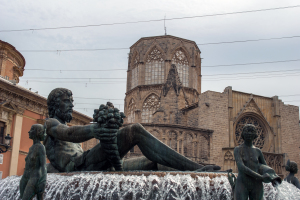
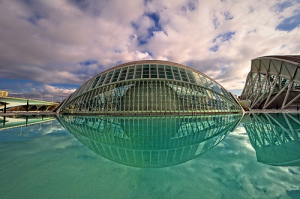
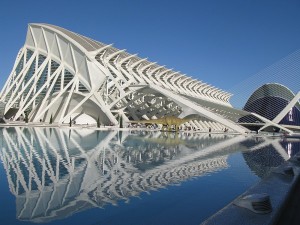
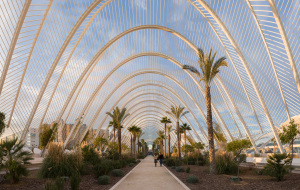
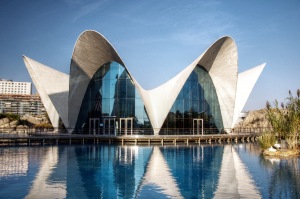
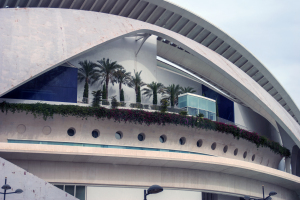
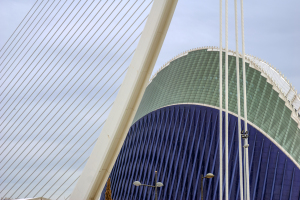
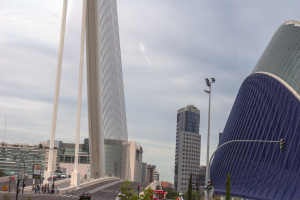
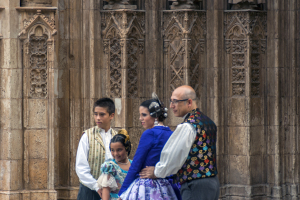
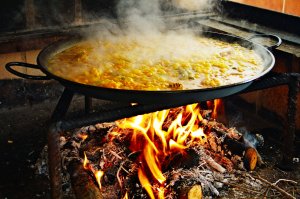

I have a very dear friend in Barcelona. An actress named Lina Lambert. Her father is English and she speaks both fluently. She knows all the treasures of Barcelona. Her e-mail is: Linalambert@hotmail.com If you have any time while there send her an e-mail. You’ll find her a terrific gal. Pinter adored her.
Love,
alan